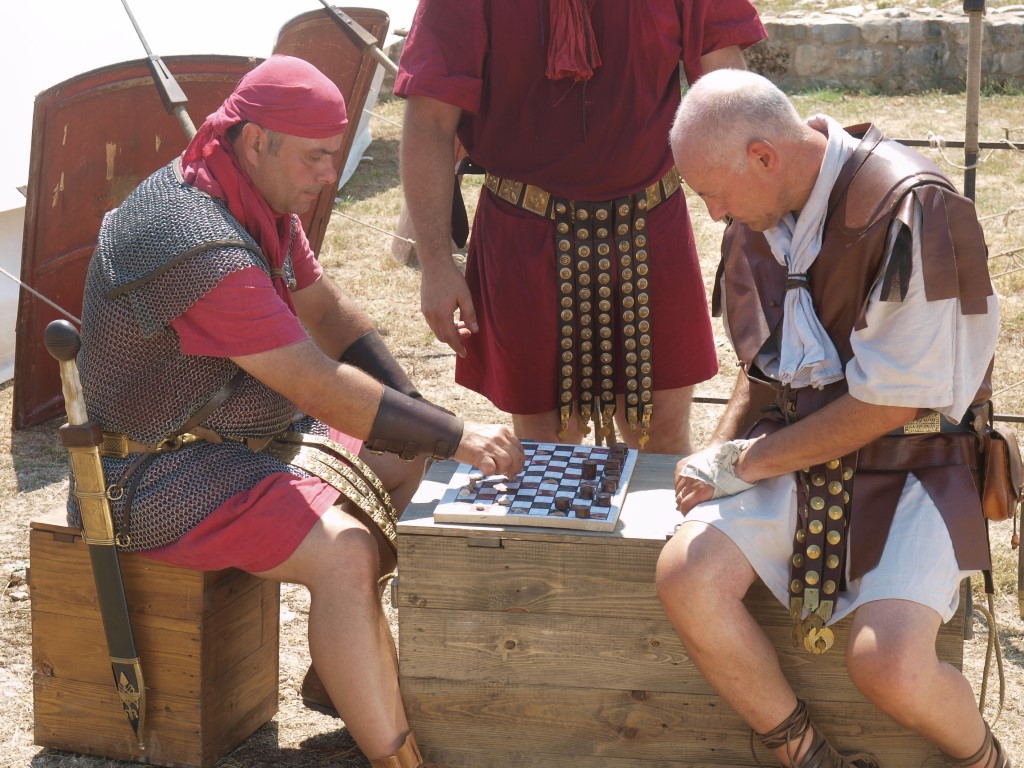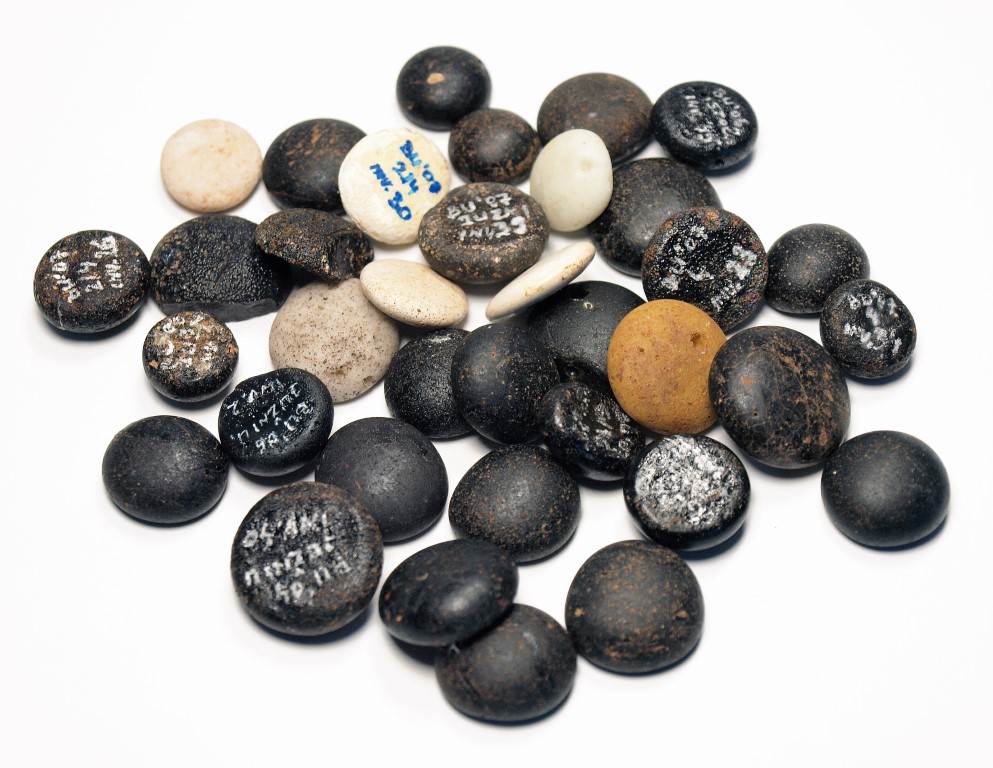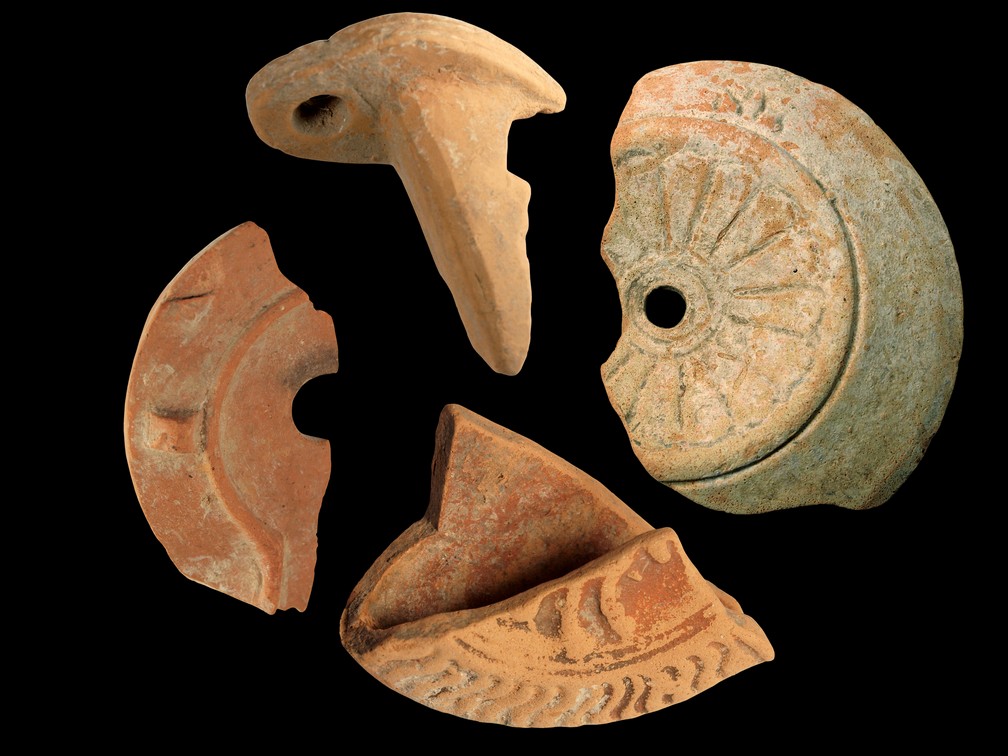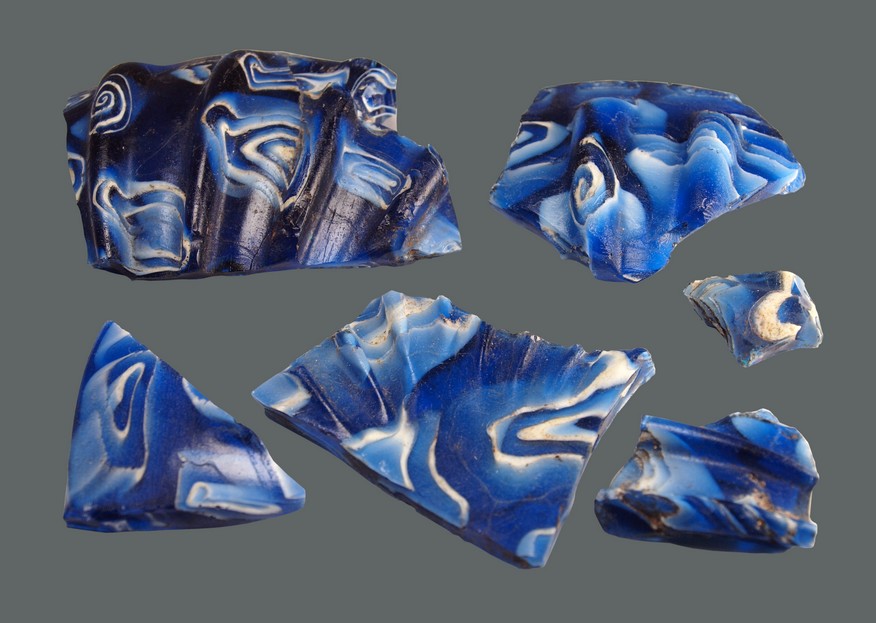Roman games at Burnum
The dice found at the Burnum site show that the soldiers were passionate gamblers and that the game played an important role in their lives
In addition to organizing immense public spectacles, such as gladiatorial fights and chariot races in the circus, the Romans were also happy to play family and friendly games. When it comes to social games and games of chance among the Romans, most people immediately think of rolling the dice, and few know that “even-odd” or “head and tails” (navia aut capita) were at least equally popular.
Ball games were also popular, at least two of which were organized with competitive rules. The Roman harpastum, developed from the Greek game episkyros, is a fierce defensive game for men where the aim was to keep a small ball in their own part of the court by passing, eliminating opponents with hits, and avoiding them intersecting the ball’s path. Women happily played a kind of volleyball, expulsim ludere. Among children and girls, penta litha was popular, similar to the folk game of marbles, in which astragali, i.e. animal foot bones, were thrown and caught in different ways. That this game was also popular among the soldiers from Burnum is also indicated by the astragalus finds discovered during the excavations.
All over the Roman world, remains can be found of board games. Terni lapilli would correspond to the children’s game of tic-tac-toe. The counterpart of today’s simple folk game of three-man morris, was called mill (mola) in Roman times. By moving the tokens along the intersections of the network of lines, the opponent’s pawns were closed off and taken away. At the Burnum site, a large number of various tokens made of glass, stone, agate and bone were found, all used for board games.
Particularly popular were the game of robbers (ludus latrunculorum) and the identical game of soldiers. They were similar to today’s chess, and were mentioned by the Roman writers Varro, Martial, and Ovid. Sixteen or thirty pawn pieces of different status (mandrae, milites, and bellatores) moved around the squares of the chessboard with the aim of gaining a tactical advantage. Among the soldiers, tabula, a backgammon-type game, was also popular, in which the chips were moved around the track based on three numbers obtained by rolling dice. After all the chips were introduced onto the board with 24 trenches, the goal was to take away all the opponent’s isolated chips. Tabula and its variant ludus duodecim scriptorum, with unknown rules, although boards with three tracks have been found, were played by everyone, from children to emperors.
Today’s minigolf is reminiscent of the Roman game of orca, named after an old clay jug. In that game, a ball, walnut, or hazelnut had to be inserted into the narrow opening of a jug, pot, or amphora. If there was no container available, a hole would simply be dug into the ground.
Among adults, and especially among soldiers, the most popular form of entertainment was gambling. The dice found at the Burnum site show that the soldiers were passionate gamblers and that the game played an important role in their lives. Roman dice were usually hexahedrons numbered one to six, and the dice had to be numbered so that the sum of opposite sides always equaled seven. Dice were nade from the most varied material: pottery, bronze, lead, bone, glass, quartz, ivory, amber, or gold. In addition to hexahedrons, there were also “cubes” in the form of an eight-sided twist or a polyhedron with 18 or 20 surfaces.
It is interesting to note that a law on games of chance was passed in ancient times (Lex alearia), which prohibited gambling, and on the basis of that law, winnings were equated with robbery. However, gambling was allowed only during Saturnalia and during sports competitions, although gambling in ancient Rome was considered harmful to the character and improper. Despite this, gambling continued to be passionately partaken by all social strata, while the phenomenon of gambling addiction has been known since ancient times.

































